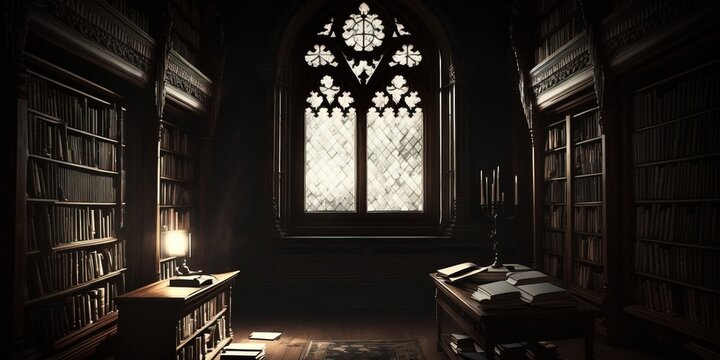
FAQ About Gothic Literature
Gothic Literature
2 years ago | gizem
What is the relationship between Gothic Literature and Gothic Revival architecture?
The relationship between Gothic Literature and Gothic Revival architecture is a complex and multifaceted one, characterized by mutual influence and shared thematic elements. Both Gothic Literature and Gothic Revival architecture emerged during the late 18th and 19th centuries, and they drew inspiration from the same historical and aesthetic sources, including the medieval period. Here's an exploration of their relationship:
- Common Historical Roots: Both Gothic Literature and Gothic Revival architecture were inspired by the medieval Gothic period, which spanned from the 12th to the 16th century. This era was characterized by distinctive architectural styles, art, and literature. The revival of interest in the medieval past, known as Romanticism, influenced both forms of expression.
- Aesthetic Similarities: Both Gothic Literature and Gothic Revival architecture share aesthetic similarities. They incorporate elements such as pointed arches, ribbed vaults, tracery, and intricate ornamentation, drawing on the architectural features of Gothic cathedrals and buildings.
- Atmosphere and Mood: Both forms evoke a sense of atmosphere and mood that is characterized by a fascination with the mysterious, the uncanny, and the sublime. The architecture's grandeur and the literature's use of eerie settings contribute to a shared atmosphere of awe and fear.
- Use of Symbolism: Both Gothic Literature and Gothic Revival architecture make extensive use of symbolism. In architecture, elements like stained glass windows and grotesque carvings convey religious and moral messages. In literature, symbols and motifs are employed to explore psychological, moral, and existential themes.
- Exploration of the Supernatural: The Gothic Revival movement in architecture often featured church buildings with a strong focus on religious symbolism and the transcendental. This parallels the Gothic Literature genre's exploration of the supernatural and the mystical.
- Emphasis on the Past: Both Gothic forms emphasize a longing for and idealization of the past. Gothic Revival architecture sought to recreate the architectural grandeur of the medieval era, while Gothic Literature often explored historical settings and themes.
- Influence on Setting: Gothic Literature frequently uses architectural settings as integral elements of the narrative, such as castles, mansions, and monasteries. These settings are reminiscent of Gothic Revival architecture and contribute to the genre's atmosphere.
- Intellectual and Cultural Context: Both movements were shaped by the intellectual and cultural context of their time. The Gothic Revival in architecture emerged as a reaction against neoclassical styles and the industrialization of the 18th and 19th centuries. Similarly, Gothic Literature emerged as a reaction to the rationalism of the Enlightenment.
- Interdisciplinary Exchange: There was an exchange of ideas between architects and writers during the Romantic era. Writers like Horace Walpole, who wrote the Gothic novel "The Castle of Otranto," were influenced by Gothic architecture, while architects looked to literature for inspiration in creating atmospheric buildings.
- Impact on Victorian Era: The Victorian era witnessed a strong revival of both Gothic Literature and Gothic Revival architecture. These forms were seen as a response to the anxieties and changes brought about by industrialization and urbanization.
